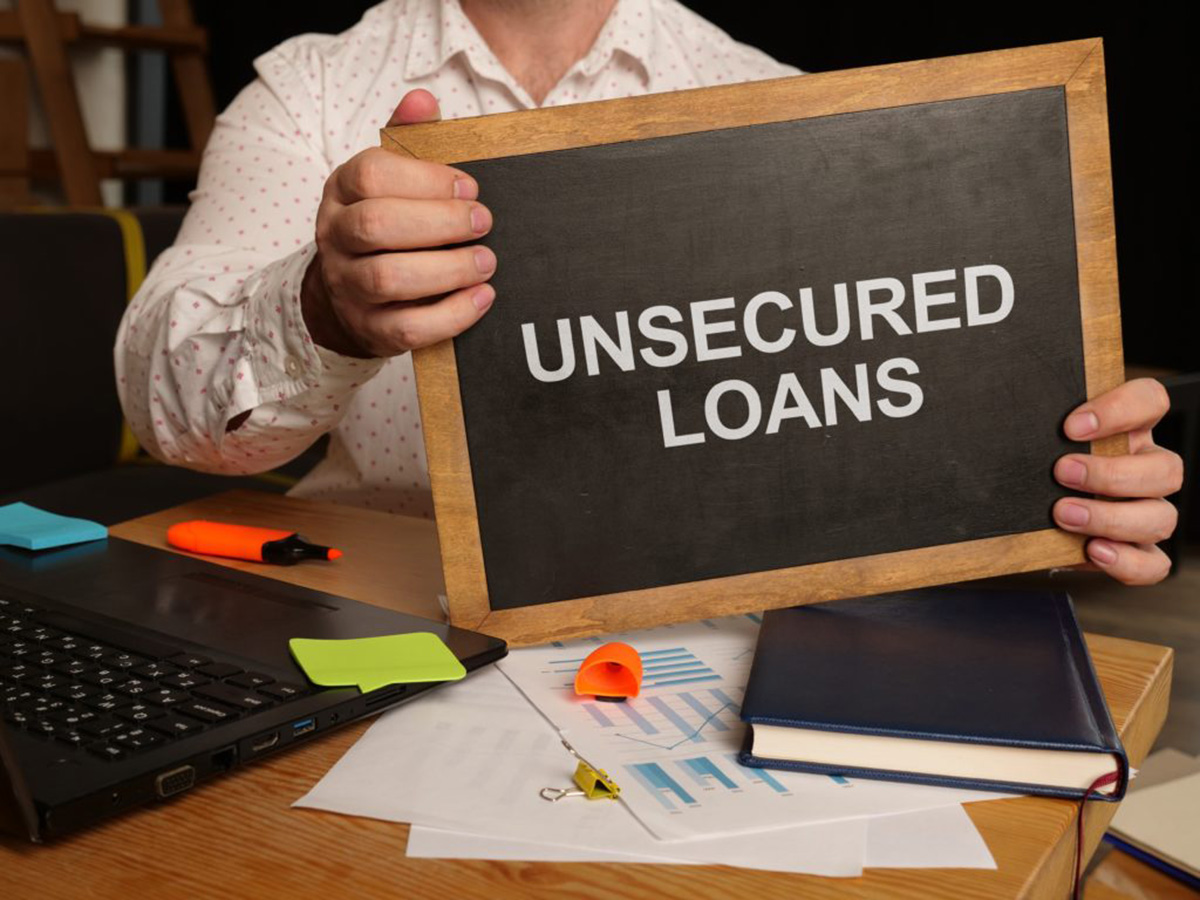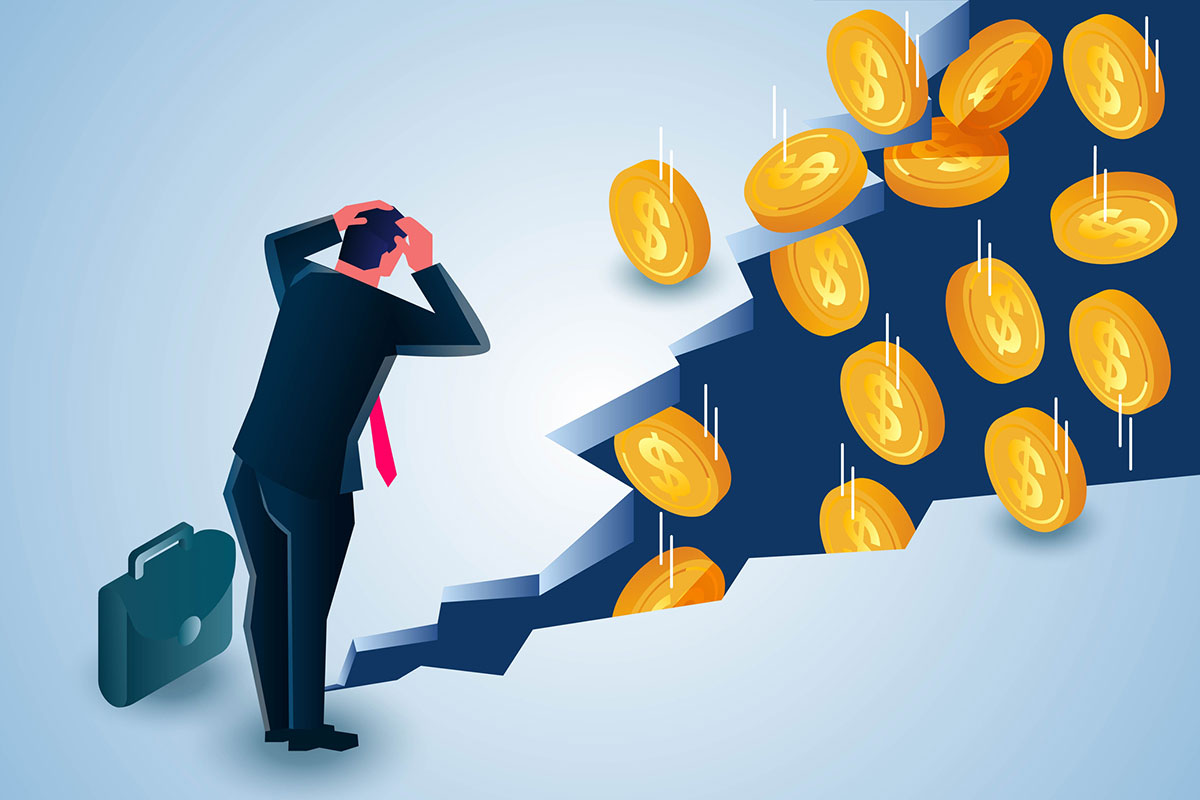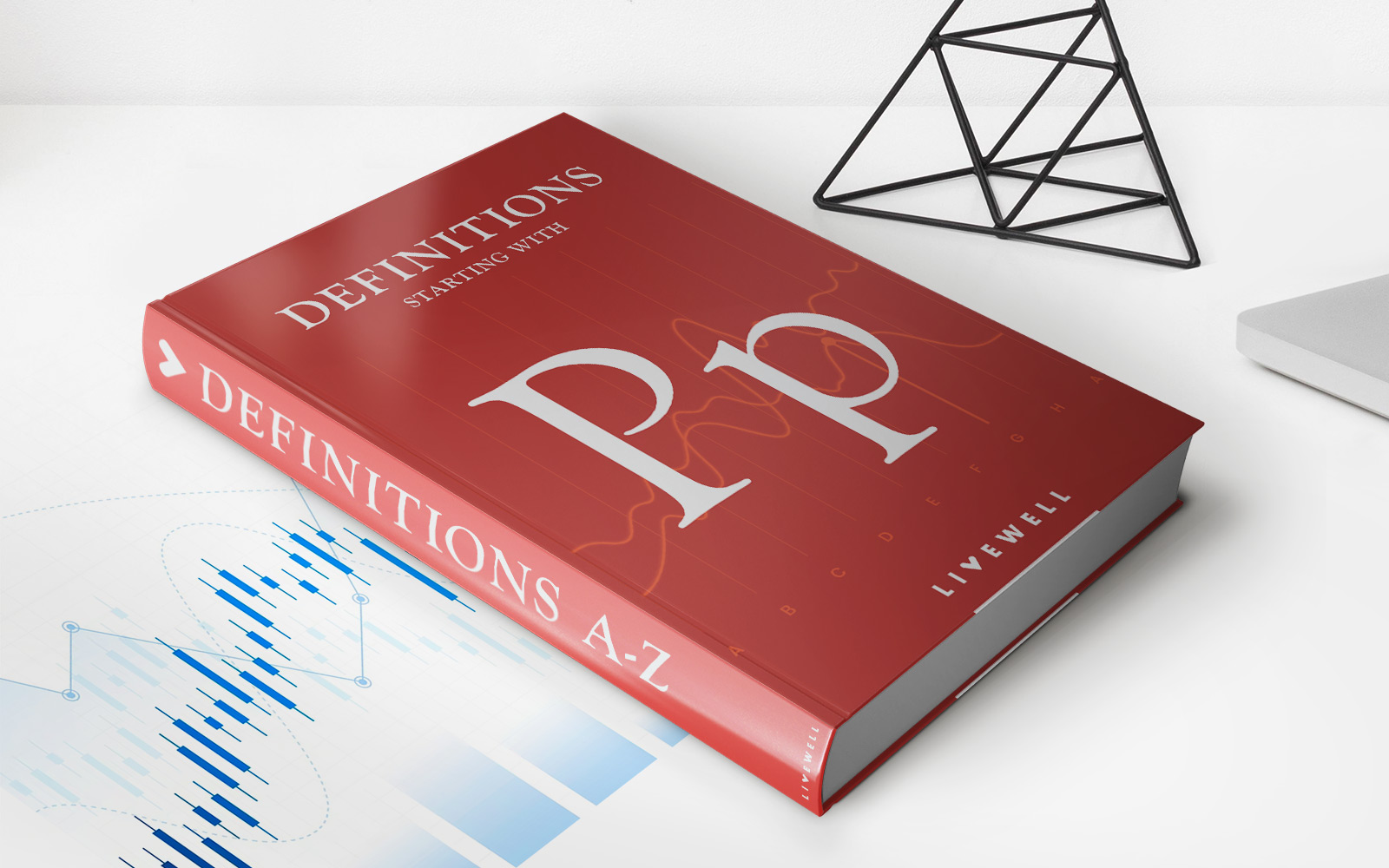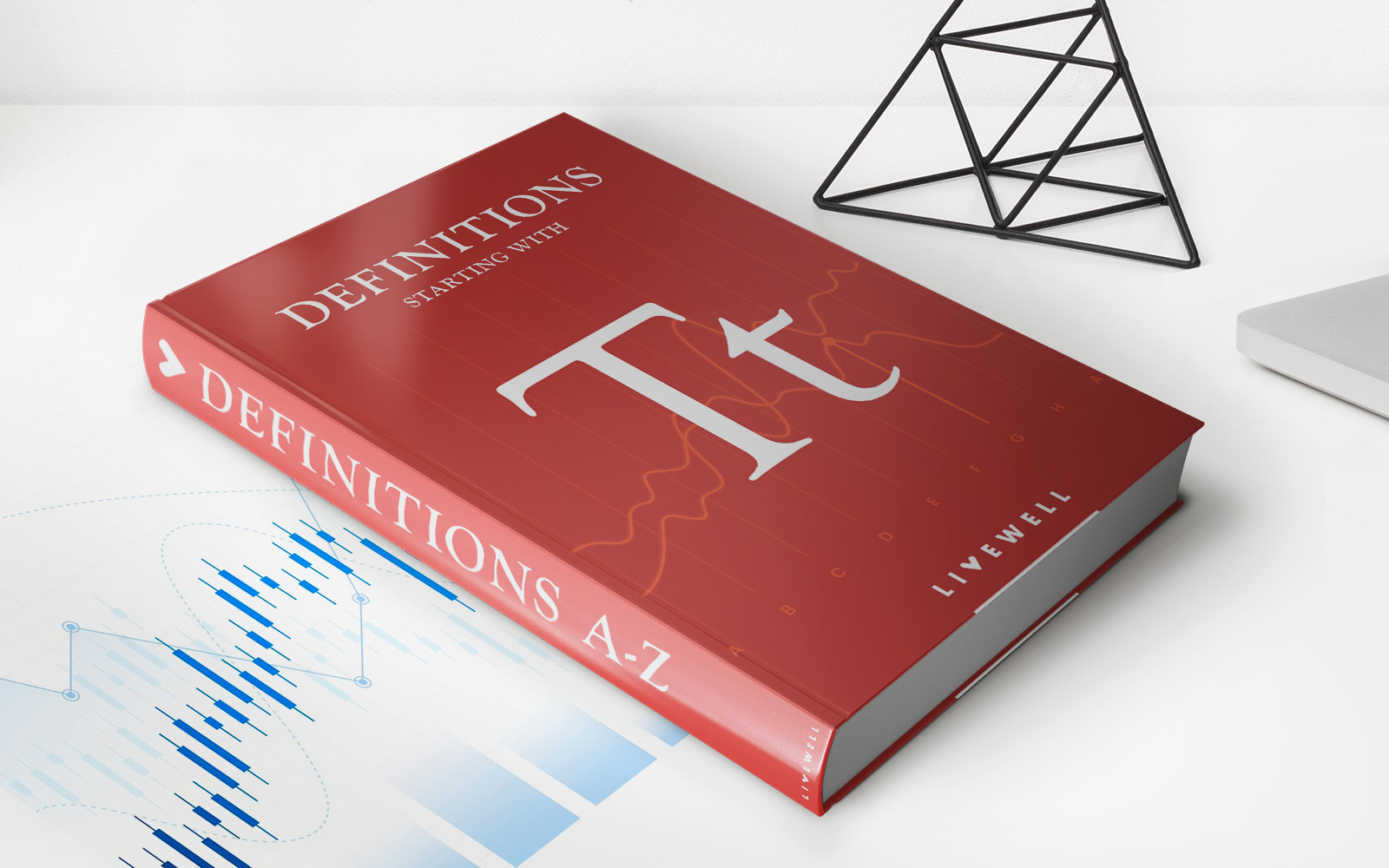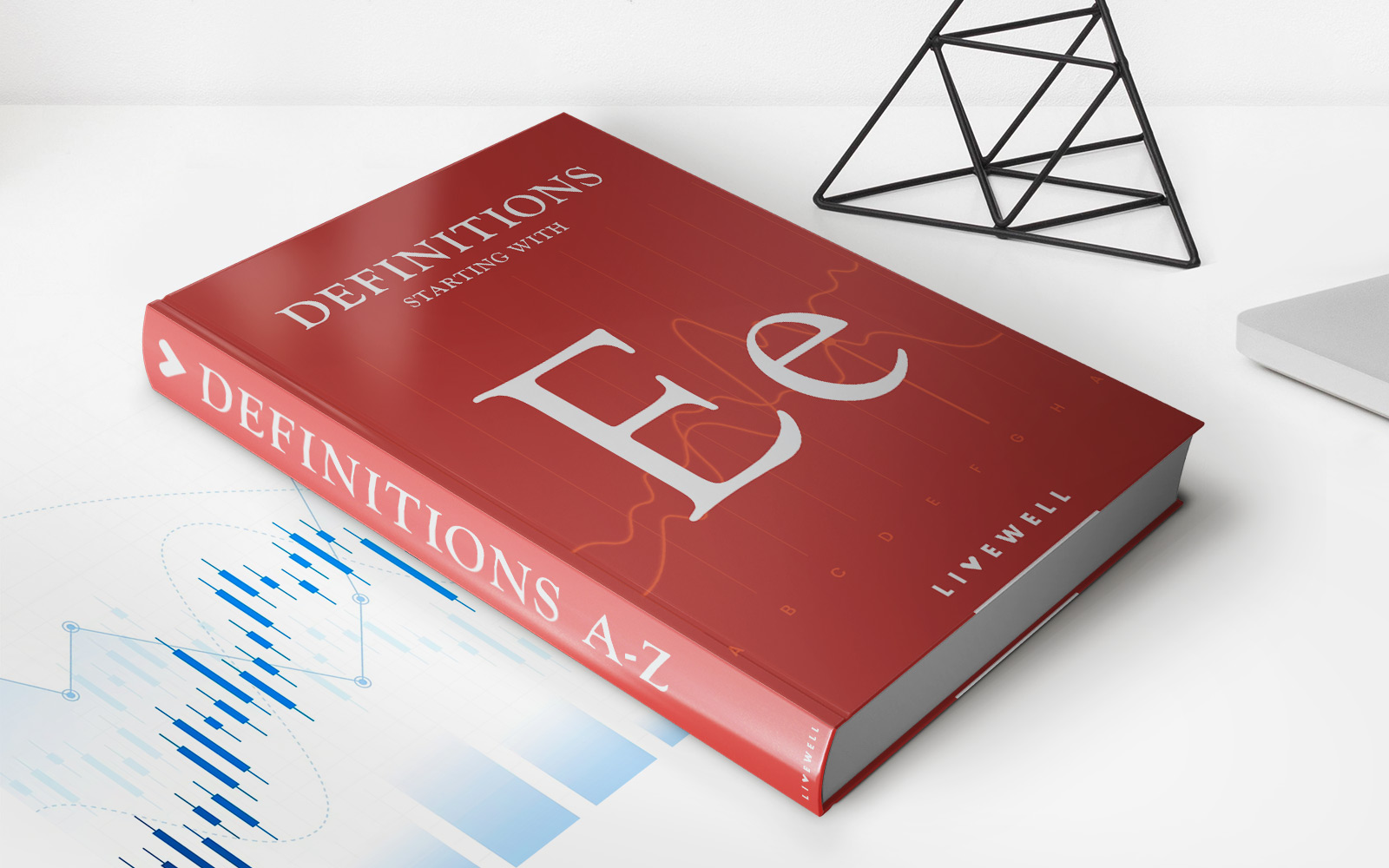

Finance
Why Are Student Loans Considered Unsecured?
Published: January 20, 2024
Learn why student loans are categorized as unsecured loans and how this impacts borrowers' financial situations. Find out more about the Finance aspect of student loans.
(Many of the links in this article redirect to a specific reviewed product. Your purchase of these products through affiliate links helps to generate commission for LiveWell, at no extra cost. Learn more)
Table of Contents
Introduction
Student loans have become an integral part of financing higher education for millions of students around the world. These loans provide the necessary financial assistance to cover tuition fees, books, and living expenses while pursuing a college or university degree. While there are different types of student loans available, one key distinction is whether they are considered secured or unsecured loans.
When it comes to student loans, they are commonly categorized as unsecured loans. In simple terms, this means that there is no collateral involved in securing the loan. Unlike a secured loan, where the lender has the right to repossess the collateral if the borrower defaults on the loan, unsecured loans rely solely on the borrower’s creditworthiness.
In this article, we will explore why student loans are considered unsecured and the implications of this categorization. We will discuss the reasons behind the classification, the benefits and risks associated with unsecured student loans, as well as the current issues and concerns surrounding them.
Definition of Unsecured Loans
Before diving into why student loans are considered unsecured, let’s first understand what exactly unsecured loans are. Unsecured loans are a type of loan that does not require any collateral as security. In other words, they are not backed by any tangible asset such as a house, car, or property. Instead, they are based solely on the borrower’s creditworthiness, income, and ability to repay the loan.
Typically, unsecured loans are granted based on the borrower’s credit history, credit score, and income level. Lenders assess these factors to determine the borrower’s ability to repay the loan without the need for collateral. Examples of common unsecured loans include credit cards, personal loans, and, in the case of our discussion, student loans.
Unlike secured loans, which provide the lender with a sense of security due to the collateral, unsecured loans rely heavily on the borrower’s creditworthiness. Because there is no physical asset tied to the loan, lenders face a higher level of risk when granting unsecured loans. As a result, the terms and interest rates of unsecured loans are usually higher compared to secured loans.
Now that we have a clear understanding of what unsecured loans are, let’s delve into why student loans specifically fall under this category.
Student Loans as Unsecured Loans
When it comes to student loans, they are primarily categorized as unsecured loans. This means that there is no collateral involved in securing the loan. Instead, the approval and terms of the loan are based on the borrower’s creditworthiness, financial history, and ability to repay the loan.
One of the main reasons student loans are considered unsecured is that most borrowers, especially young students, do not possess significant assets to serve as collateral. Unlike a mortgage, where the house being purchased acts as collateral, or an auto loan, where the car itself serves as security, student loans are usually granted before the borrower has built up substantial assets.
In addition, the nature of student loans also contributes to their classification as unsecured. Student loans are typically used to finance education expenses such as tuition, books, and living costs. These expenses do not result in tangible assets that can be easily seized or repossessed by the lender if the borrower defaults on the loan. Instead, the lender relies on the borrower’s future earning potential and ability to repay the loan after completing their education.
Furthermore, the government plays a significant role in the student loan industry. In many countries, including the United States, government-backed student loans are available to students. These loans are not secured by any collateral, as the government assumes the risk and guarantees repayment to the lenders. This government involvement further solidifies the classification of student loans as unsecured.
Overall, student loans are considered unsecured because borrowers typically lack sufficient assets to serve as collateral, the nature of the expenses being financed does not result in tangible assets, and government-backed loans are prevalent in the industry.
Reasons Student Loans Are Considered Unsecured
There are several reasons why student loans are considered unsecured. These reasons shed light on the unique characteristics of student loans and the considerations lenders take into account when categorizing them. Here are some key factors:
1. Lack of Collateral: One of the primary reasons student loans are classified as unsecured is the lack of collateral available. Unlike mortgages or auto loans, where the property or vehicle serves as the collateral, students typically do not have valuable assets to secure the loan.
2. Borrower’s Creditworthiness: The approval and terms of student loans are primarily based on the creditworthiness of the borrower. Lenders assess factors such as credit history, income, and the borrower’s ability to repay the loan. This credit-based approach is a common characteristic of unsecured loans.
3. Future Earning Potential: When granting student loans, lenders consider the borrower’s potential to earn a higher income in the future as a result of earning a degree. While this is not a tangible asset, it serves as a basis for evaluating the borrower’s ability to repay the loan in the long run.
4. Government Guarantees: In many countries, including the United States, government-backed student loans are prevalent. These loans are not secured by any collateral, as the government assumes the risk and guarantees repayment to the lenders. This government involvement reinforces the classification of student loans as unsecured.
5. Inability to Discharge in Bankruptcy: Another factor that contributes to student loans being classified as unsecured is the inability to discharge them in bankruptcy in many jurisdictions. Unlike some other types of debt, student loans are not easily forgiven, making them a higher risk for lenders.
Overall, the combination of the lack of collateral, the reliance on the borrower’s creditworthiness and future income, government guarantees, and the inability to discharge in bankruptcy are the main reasons why student loans are considered unsecured.
Benefits of Unsecured Student Loans
While unsecured student loans may carry higher interest rates and present certain risks, they also come with several benefits for borrowers. These advantages make them an attractive option for financing higher education. Here are some key benefits of unsecured student loans:
1. No Collateral Required: One of the main advantages of unsecured student loans is that borrowers do not need to provide collateral. This means that students can access funding for their education without having to put their personal assets, such as their car or home, at risk.
2. Easier Access to Funds: Unsecured student loans are generally more accessible to a wider range of borrowers, including those with limited credit history or assets. This makes it easier for students to secure the financing they need to pursue their educational goals.
3. Flexible Repayment Options: Many unsecured student loans offer flexible repayment options, including income-driven repayment plans. These plans tie the monthly loan payments to the borrower’s income, making it more manageable for students who may not have high-paying jobs immediately after graduation.
4. Building Credit History: Successfully repaying an unsecured student loan can help borrowers establish a positive credit history. This can be particularly beneficial for students who are just starting to build their credit profile and can open doors to obtaining other types of credit in the future.
5. Access to Government Programs and Benefits: Certain government programs and benefits, such as loan forgiveness or repayment assistance, may be available exclusively for unsecured student loans. Taking advantage of these programs can help borrowers manage their student loan debt more effectively.
6. Flexibility in Educational Choices: Unsecured student loans do not restrict borrowers in terms of the educational institutions they can attend. This allows students to have greater flexibility in choosing the college or university that best suits their academic and career goals.
While it is important for borrowers to carefully consider the terms and conditions of any loan, unsecured student loans offer several benefits that can help students access the funds they need to pursue their education without the burden of collateral requirements.
Risks of Unsecured Student Loans
While unsecured student loans provide many benefits, they also carry certain risks that borrowers need to consider. Understanding these risks is crucial in making informed decisions about financing one’s education. Here are some key risks of unsecured student loans:
1. Higher Interest Rates: Unsecured student loans often come with higher interest rates compared to secured loans. This is because lenders consider unsecured loans to be riskier since they lack collateral. Higher interest rates mean that borrowers may end up paying more over the life of the loan.
2. Accumulating Debt: Taking on unsecured student loans can lead to a significant amount of debt, especially for students who borrow multiple times or take out large loan amounts. This debt burden can be overwhelming, especially if the borrower’s post-graduation income does not meet their repayment obligations.
3. Credit Impact: Failing to repay unsecured student loans can have a negative impact on the borrower’s credit history and credit score. Missed or late payments can make it more challenging to obtain other forms of credit, such as a mortgage or car loan, in the future.
4. Repayment Obligations: Unsecured student loans typically have strict repayment obligations. Students are required to start repaying these loans after they graduate or leave school, regardless of their employment status or financial situation. This can put added pressure on graduates who may already be facing difficulties finding a stable job.
5. Limited Discharge Options: Unlike certain other forms of debt, such as credit card or medical debt, unsecured student loans are not easily discharged through bankruptcy. This means that borrowers may still be responsible for repaying their student loans even if they face financial hardships or unforeseen circumstances.
6. Long-Term Financial Impact: The long-term financial impact of unsecured student loans can be significant. High monthly loan payments and a large debt burden can limit a borrower’s ability to save for the future, purchase a home, or pursue other financial goals.
It is important for students and their families to carefully assess the risks associated with unsecured student loans and develop a repayment plan that takes these risks into consideration. This may include exploring alternative funding sources, seeking scholarships or grants, or considering more affordable educational options.
Current Issues and Concerns with Unsecured Student Loans
Unsecured student loans have become a topic of concern and discussion due to several prevalent issues in the student loan landscape. These issues impact borrowers, the education system, and the overall economy. Here are some current issues and concerns associated with unsecured student loans:
1. Rising Student Debt: One of the most significant issues is the exponential increase in student loan debt. With the rising cost of education, many students are forced to rely heavily on unsecured loans, resulting in high levels of debt upon graduation. This debt burden can hinder financial progress and limit opportunities post-graduation.
2. Default Rates: The default rate on unsecured student loans is a growing concern. Many borrowers struggle to make their monthly payments, leading to loan defaults. Defaulting on student loans can have severe consequences, such as damaged credit, wage garnishment, and limited access to future credit.
3. Financial Hardships: Unsecured student loans can exacerbate financial hardships for borrowers, especially when facing unexpected difficulties such as unemployment or health issues. Without collateral, borrowers may find it challenging to negotiate more flexible repayment options during times of financial distress.
4. Lack of Financial Literacy: Another concern is the lack of financial literacy among borrowers. Many students and their families may not fully understand the long-term implications of borrowing unsecured student loans, leading to poor financial decision-making and potentially overwhelming debt burdens.
5. Disparity in Loan Access: Low-income students and students from marginalized communities often face greater challenges in accessing unsecured student loans. This disparity creates an inequality in educational opportunities and exacerbates existing socioeconomic inequalities.
6. Potential for Predatory Lending: The unsecured student loan market is susceptible to predatory lending practices, with some lenders taking advantage of vulnerable borrowers. These practices can include higher interest rates, hidden fees, and aggressive debt collection tactics, placing borrowers at a higher risk of financial exploitation.
7. Graduates Delaying Major Life Events: Significant student loan debt can cause graduates to delay important life events, such as buying a home, getting married, or starting a family. This delay not only impacts individuals but also has broader implications for the economy and society as a whole.
Addressing these issues and concerns requires a multifaceted approach, including improved financial literacy, policy reforms, expanded access to affordable education, and measures to alleviate the student debt burden. Efforts to mitigate these concerns can help create a more equitable and sustainable student loan system.
Conclusion
Unsecured student loans play a crucial role in financing higher education for students around the world. Despite their classification as unsecured, these loans provide benefits such as easier access to funds, flexibility in repayment options, and the potential to build credit history. However, there are also risks associated with unsecured student loans, including higher interest rates, accumulating debt, credit impact, and limited discharge options.
Current issues and concerns surrounding unsecured student loans, such as rising student debt, default rates, financial hardships, and disparities in loan access, highlight the need for comprehensive reforms within the student loan industry. Improving financial literacy, implementing policy changes, and expanding access to affordable education are essential steps toward creating a more equitable and sustainable system.
As borrowers, it is important to carefully consider the terms and conditions of unsecured student loans, as well as explore alternative funding sources and scholarships. Developing a repayment plan and seeking assistance when facing financial hardships is crucial for managing student loan debt effectively.
In the broader context, addressing the challenges associated with unsecured student loans requires collaboration between policymakers, educational institutions, lenders, and borrowers. By working together, we can strive towards a system that enables students to access quality education without burdening them with excessive debt.
Ultimately, the goal should be to create an educational financing landscape that provides students with affordable options, transparent terms, and the opportunity to build a strong foundation for their future, while minimizing the financial risks associated with unsecured student loans.






